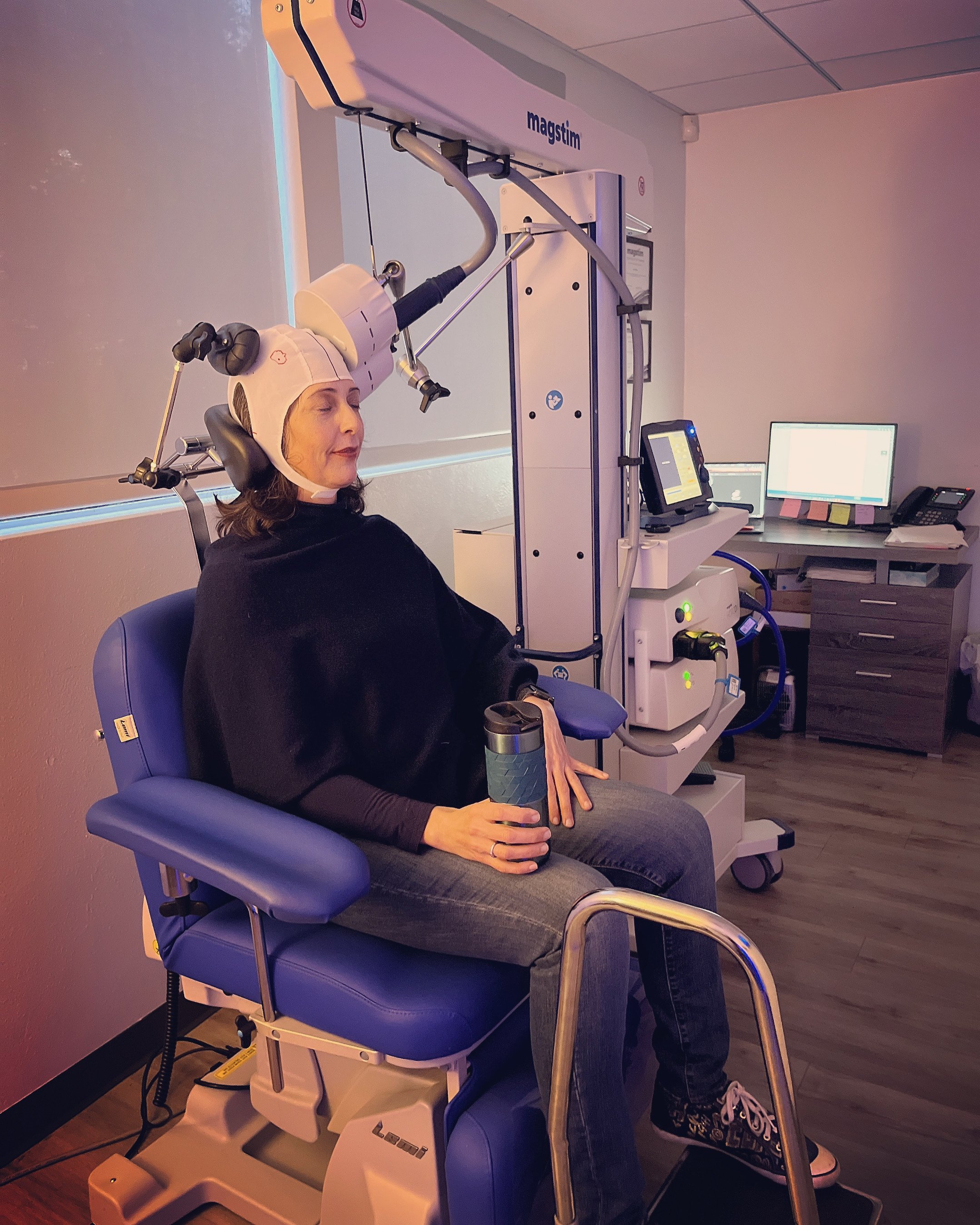A Window Into the Impossible: A Pain-Free Life
/By Cynthia Toussaint, PNN Columnist
I recently experienced the miracle of living pain-free for a while, after 40 years of body-wide Complex Regional Pain Syndrome. I was astonished by what it felt like and what I learned about myself.
In November, I had a serious cancer treatment complication, one that landed me in the hospital and forced me to suspend care. After stabilizing and returning home, I had to taper down from a course of high-dose prednisone, a corticosteroid, over eight weeks.
The multitude of prednisone side effects were worse than I imagine hell to be, save one: my pain was gone. Okay, not gone-gone, but so damn near I forgot about it.
Yeah, you read that right. After decades of burning, radiating, life-upending, soul-crushing, never-ending, can’t-do-another-moment pain, it just wasn’t a thing anymore.
Over the last decade or so, my life partner, John, has asked me on occasion, “What would you do if your pain just went away?”
That question pissed me off because pain has robbed me of my dreams. How dare it go away now, I would think, after destroying my life! Ebbing into my later years, I knew it was too late to reclaim what was gone. I decided it would hurt too damn much psychologically to lose my physical pain.
I was stone-cold wrong. When the prednisone kicked in, it was nothing short of heavenly bliss to be without my constant agony. At first, it felt as though much of my lower body had been amputated, but in a good way. Poof, like magic, the tonnage of pain and heaviness were gone. Also, to my surprise, I had zero emotional fall-out.
I marveled in the miracle of standing, as this ability had been absent for many decades. I’ve spent countless hours, weeks and years staring at people in public, trying to figure out how they could stand and shift their weight without apparent torment or thought. After becoming a “shifter” myself while on prednisone, I had a clear, three-word answer: It doesn’t hurt.
Not using my wheelchair was a trip because people stopped treating me like a child. Rather than literally gazing down with pity, they looked me straight on, eye level and all. They even asked me questions about myself, rather than disregarding the invalid while turning to John. That, in itself, was a game-changing reality, and I started to smell the sweet possibility of independence again.
Every moment without pain was a miracle, blowing open my mind with new ideas and long packed away possibilities. For the first time, I seriously thought researchers would someday find a cure for CRPS. I mean, if they could switch much of my pain off virtually overnight, clearly science was on the edge of making this stick permanently.
If only.
Here’s the other side of the story I alluded to earlier. When my pain went away, it cruelly coincided with the most torturous time of my life. The price of high-dose prednisone was, for me, an existence worse than pain. I was in and out of psychosis, sleeping three to four hours a night with an irregular, pounding heartbeat, and a thousand other little shop of horrors. With that onslaught, my spirit broke. Add the perils of aggressive cancer and the fallout of a serious treatment complication, and the torture was just too much.
On New Year’s Eve, my 62nd birthday, I told God that if it was my time, I was ready to go. I didn’t think Cynthia was ever going to come back. “Please, please make my suffering stop,” I begged.
To my surprise, and most I know, I clawed my way back after completely tapering off the prednisone. My new miracle has me living in gratitude, despite my old pain rushing back with a vengeance, leaving me with a GOAT of a pain flare. I writhe through much of my days and nights, feeling the burning hatchet sear my joints. But, dammit, I’m me again, and, like all flares, this too shall pass.
Thankfully, I’m strong enough to be back on chemo as the benefits of self-care are once again paying off in spades. Adding to the good news, my recent CT/PET scan came out negative. “No Evidence of Disease” to be precise! These days when I pray, I don’t ask God to take me, but rather to keep me on this glorious earth.
I got a glimpse into the other side, the miracle of being pain-free. But the cost of losing me was too high. Heck, science tells me I’d no longer care about my pain if I got a lobotomy. No thanks.
I’m back to not wasting precious energy speculating about a possible cure. If it comes, fantastic, but I have no expectations, and accept and embrace the reality of what is right now.
Though my pain is often wretched and dark, I long ago embraced it as part of my authentic self. And to stay true to one’s self, there sometimes comes a great cost.
Cynthia Toussaint is the founder and spokesperson at For Grace, a non-profit dedicated to bettering the lives of women in pain. She has lived with Complex Regional Pain Syndrome (CRPS) and 19 co-morbidities for four decades, and has been battling cancer since 2020. Cynthia is the author of “Battle for Grace: A Memoir of Pain, Redemption and Impossible Love.”












